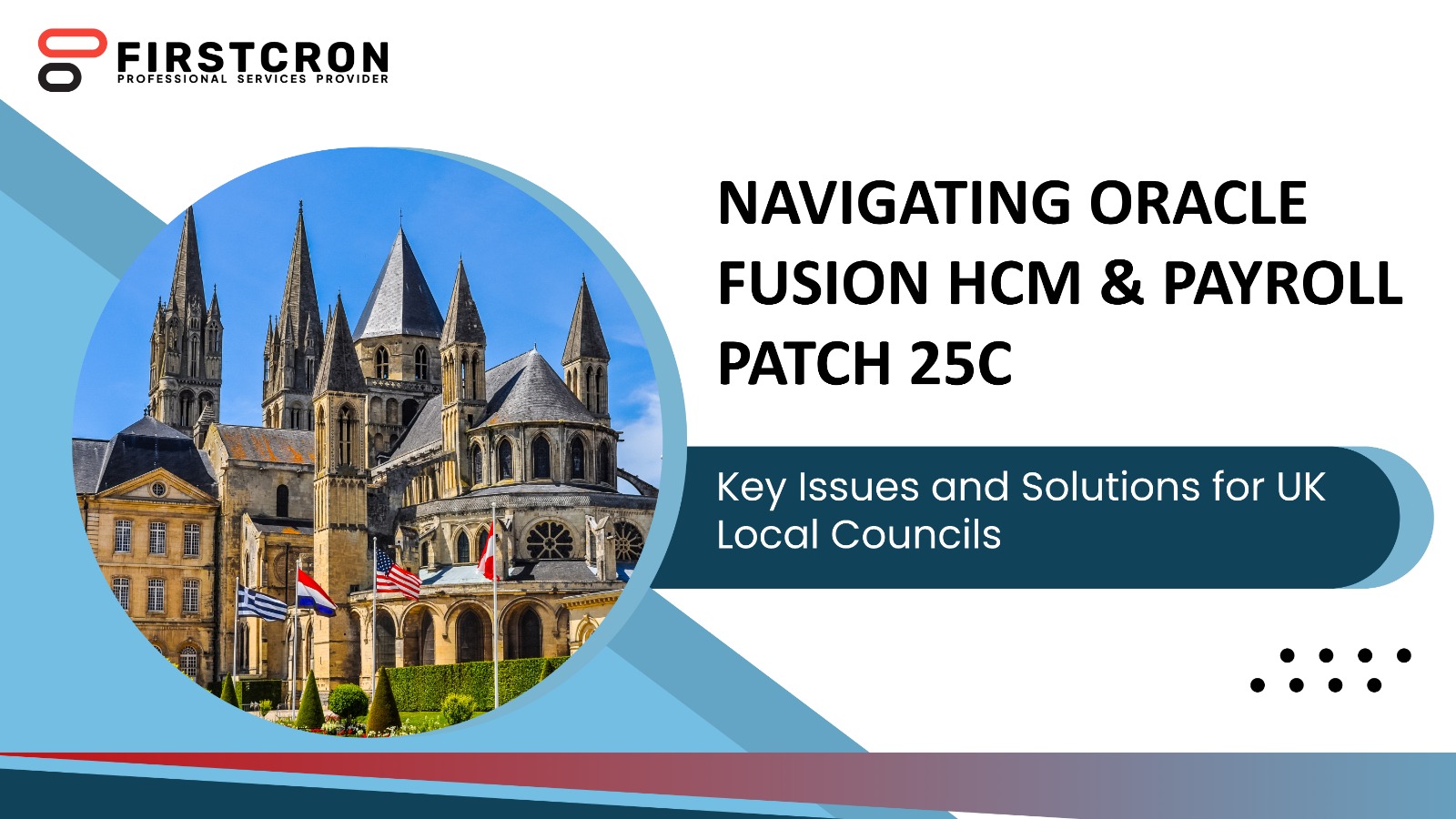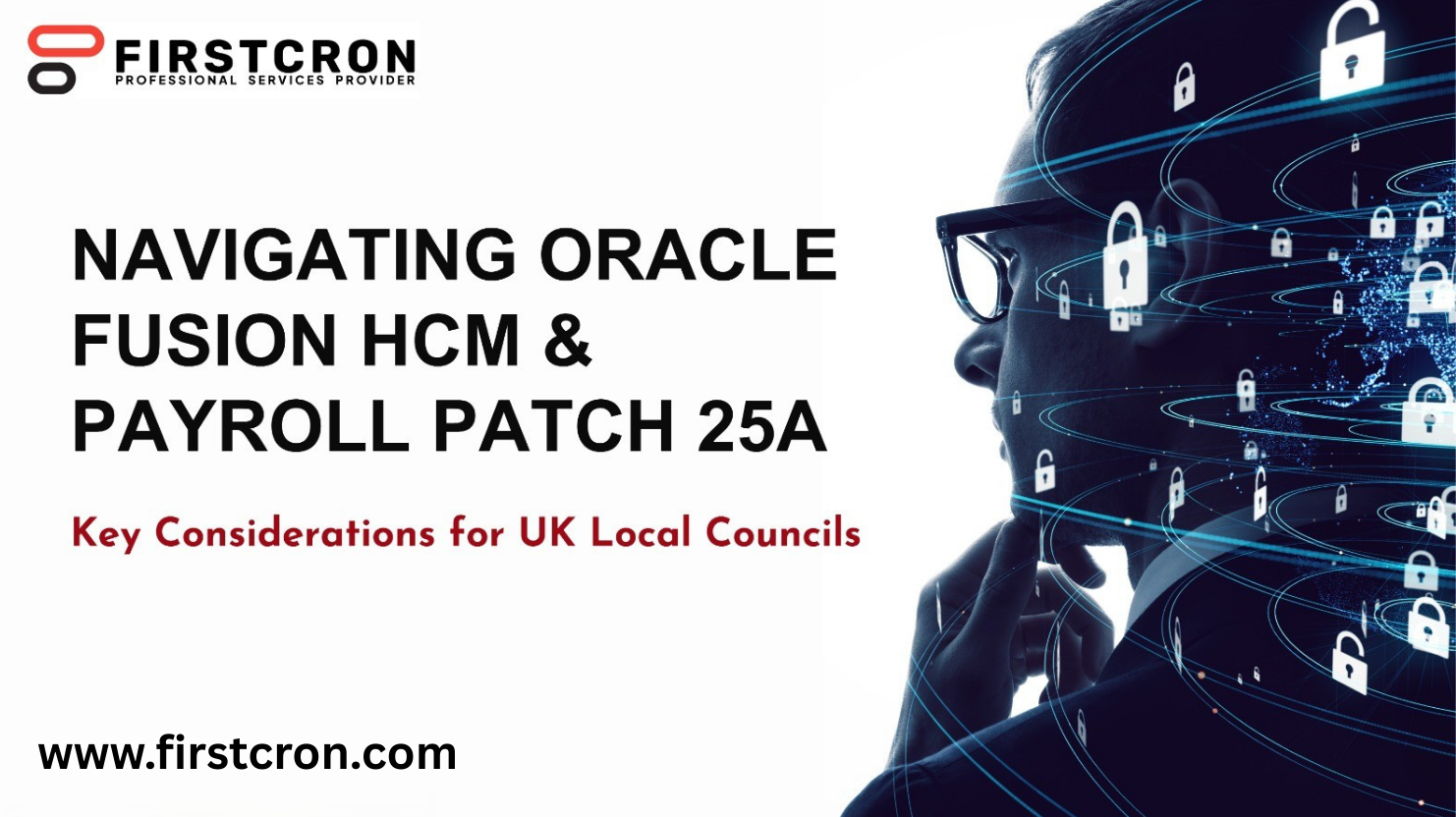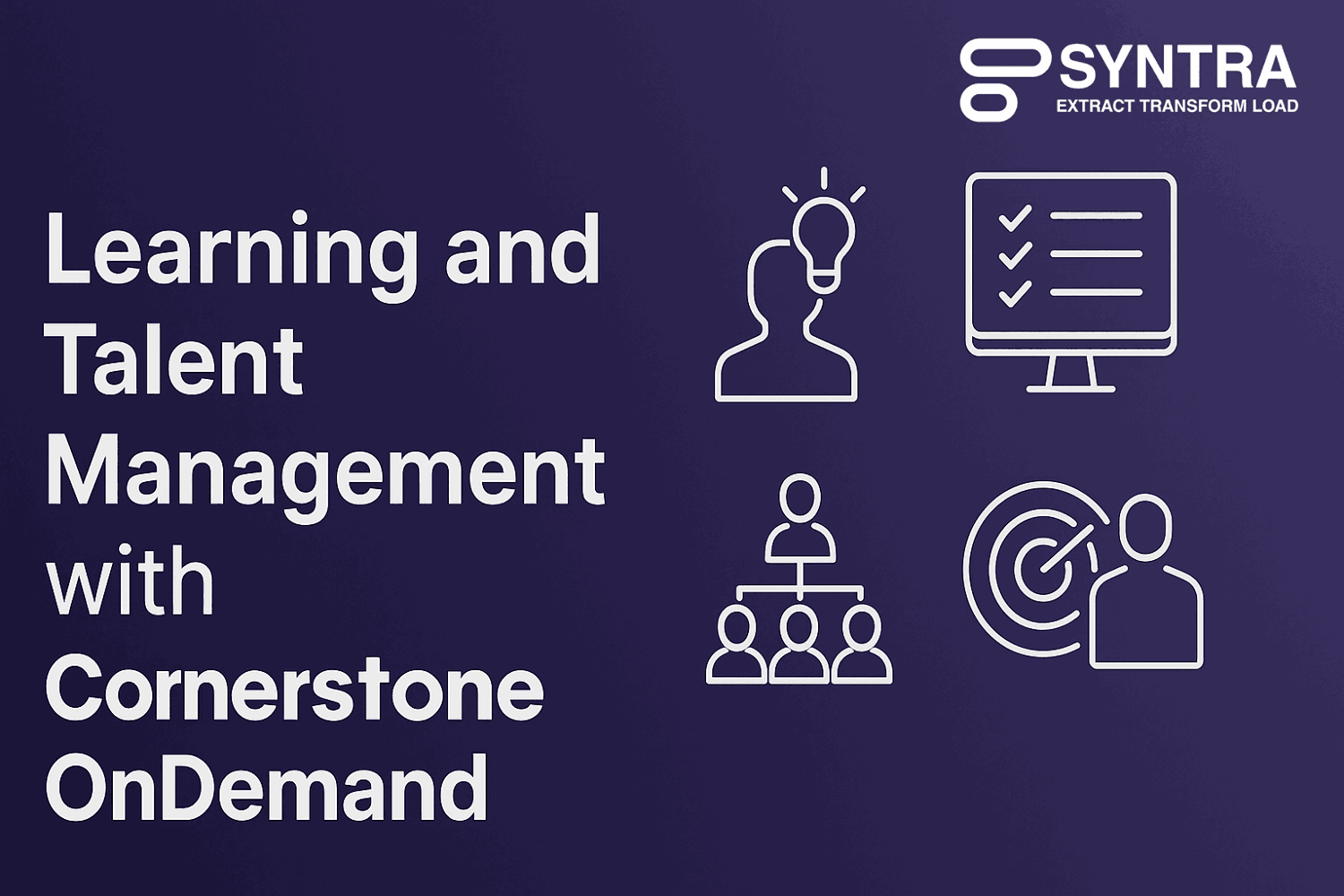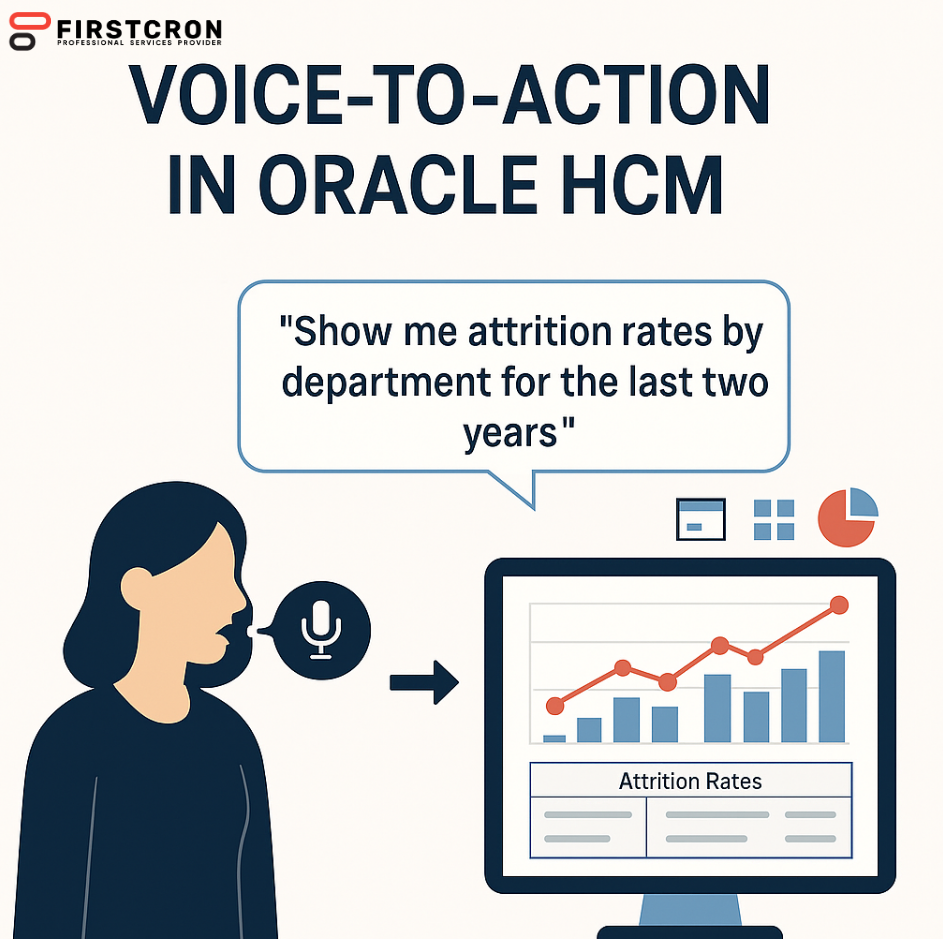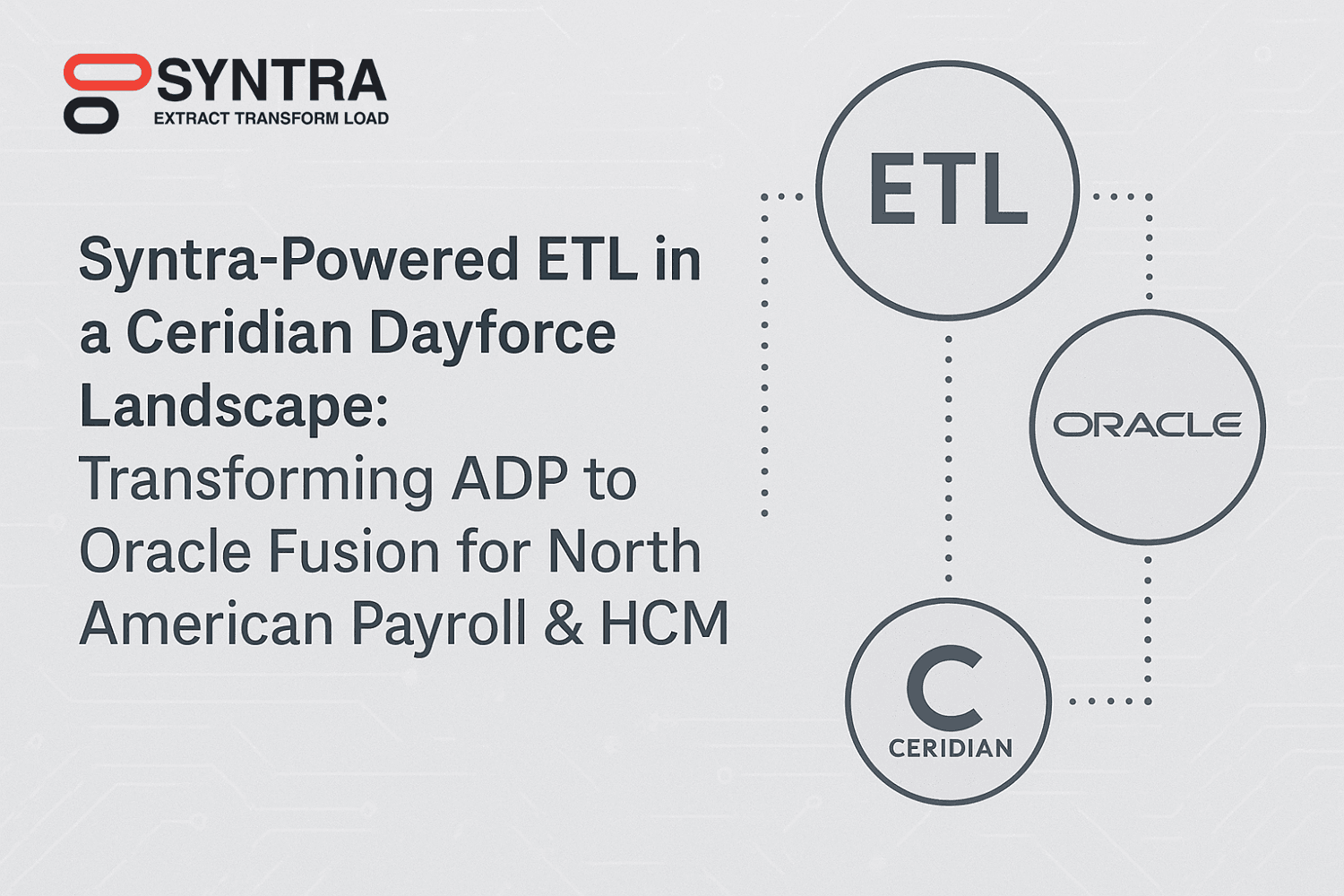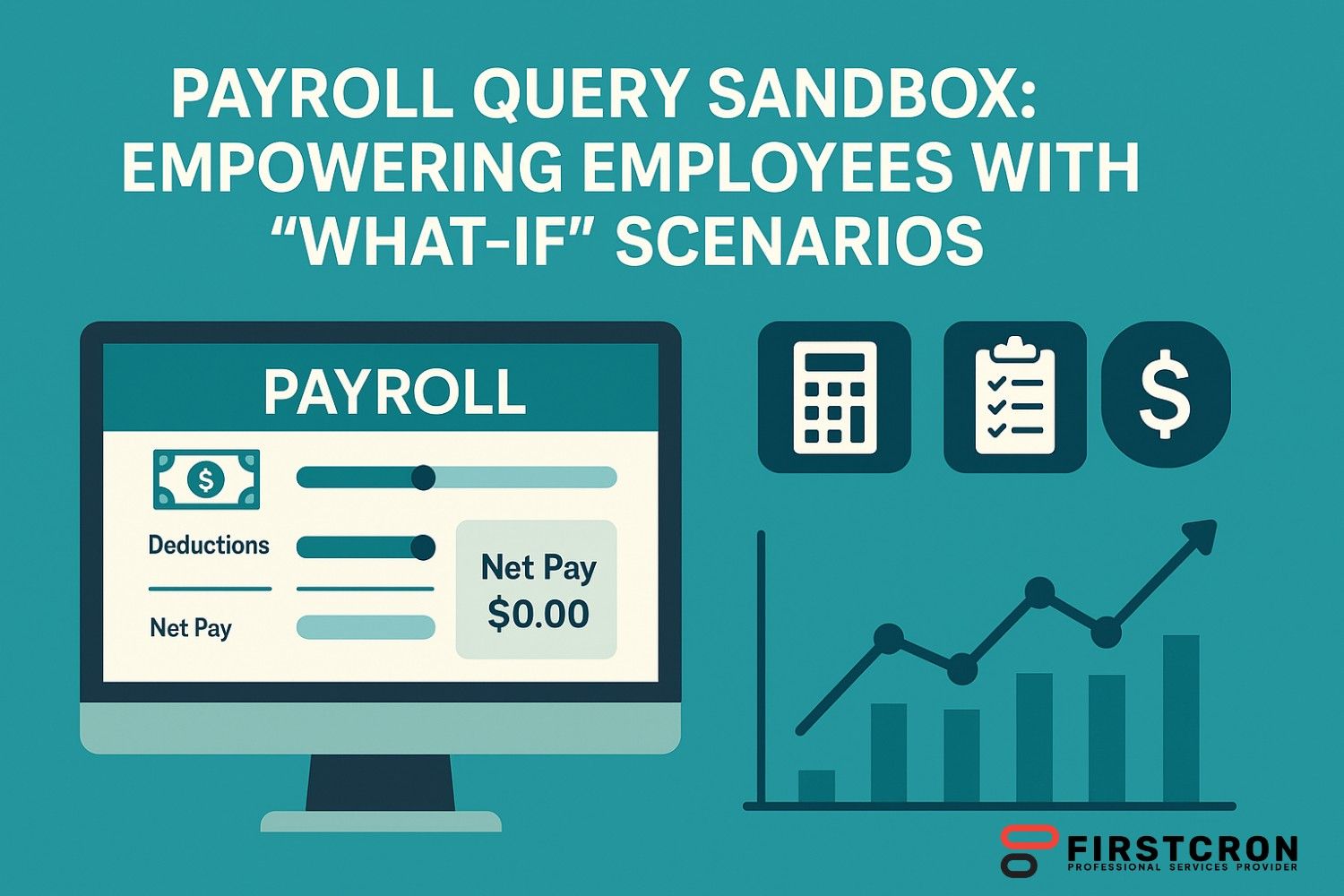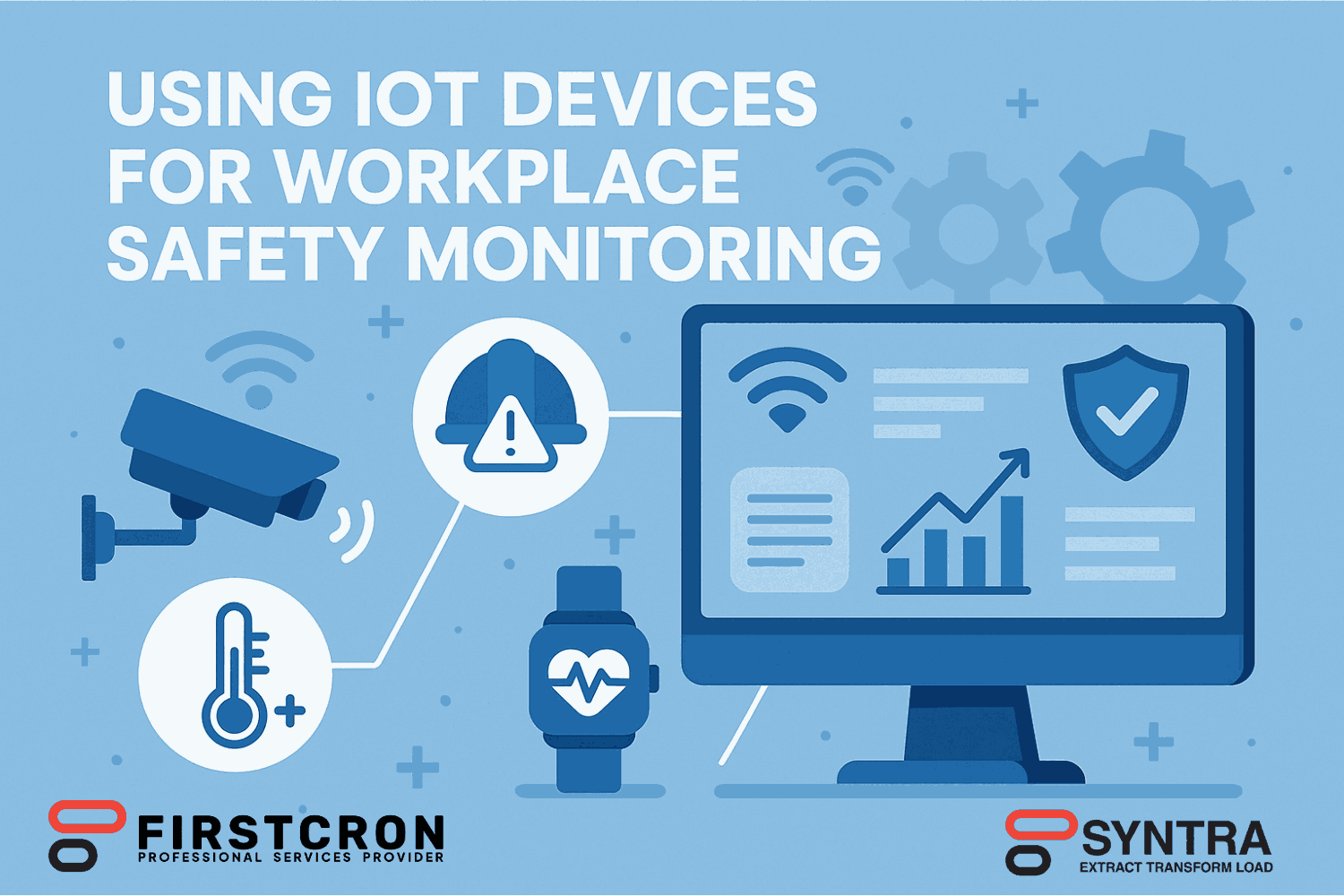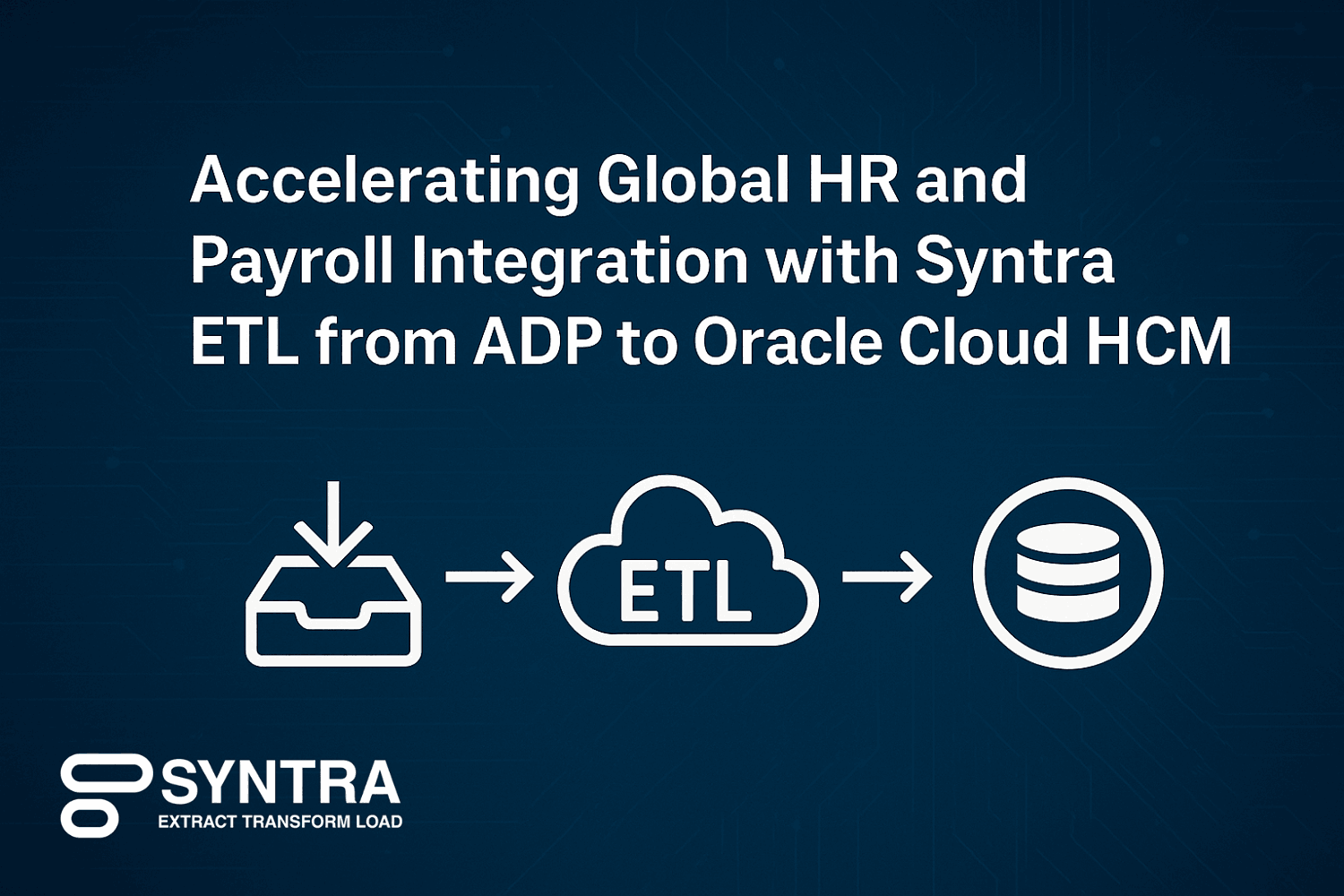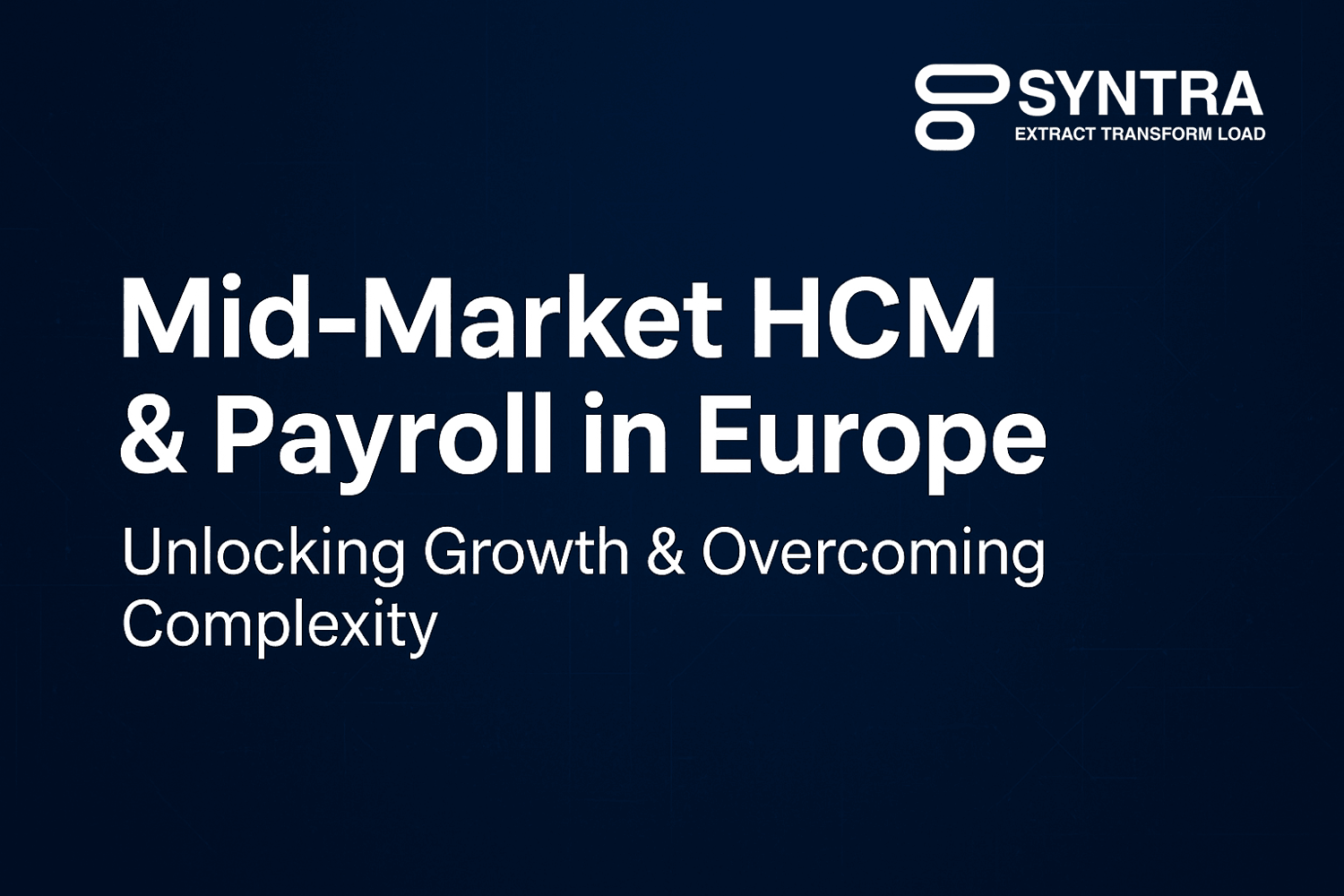
The mid-market segment in Europe—often defined as organisations with 50-1,000 employees—stands at a critical inflection point in its adoption of Human Capital Management (HCM) and payroll solutions. Riding the twin waves of digital transformation and regulatory pressure, these organisations are embracing smarter, cloud-enabled systems. At the same time, they face unique challenges: cross-border payroll complexity, localisation demands, and evolving workforce models. Below I explore the drivers, key considerations and what mid-market leaders must prioritise.
In this blog we’ll cover
Why The Mid-Market Is Primed For Change
Several macro-trends make this segment especially compelling:
- Data and analytics: HR functions increasingly need workforce insights – cost of labour, turnover, talent mobility – and mid-market companies are no longer willing to rely solely on Excel dashboards. The HCM/payroll software market is responding with embedded analytics.
- Mid-market organisations are seeking enterprise-grade HR/Payroll technology without the cost or complexity of large-scale transformation. Cloud-native platforms and SaaS HCM/payroll packages are increasingly able to serve this need. A sizeable share of new HR/payroll solutions are now being adopted by SMEs and mid-market organisations.
- The shift to hybrid or remote work models is forcing HR and payroll systems to support decentralised, multi-location workforces, cross-border employee movements and flexible contracts
- The growing complexity of compliance, tax and payroll regulation across European jurisdictions means that manual or “spreadsheet-heavy” payroll/HR operations are increasingly risky. The region is ranked among the most complex globally for payroll.
Key Considerations For Mid-Market Organisations
Below are six core areas that mid-market organisations must focus on when selecting or deploying HCM & payroll solutions in Europe:
- Data and Analytics: The ability to aggregate workforce, payroll and cost data, deliver dashboards and support strategic HR/talent decisions (not just transactional).
- User Experience & Self-Service: Mid-market workplaces expect consumer-grade UX for employees and managers – mobile access, intuitive leave/payslip portals, simplified workflows.
- Scalability & Flexibility: A solution that adapts to growth (additional countries, satellite offices), changing business models (gig workers, remote staff), and evolves without heavy customisation.
- Integration Capability: Ability to connect HR, payroll, absence/leave, talent management and finance systems so data flows seamlessly and avoids duplication or errors.
- Compliance & Localisation: Ensuring the system supports multiple countries, languages, tax regimes, labour-law changes and regulatory reporting (e.g., GDPR, CSRD).
- Cost-to-Serve & ROI: The total cost of ownership (licence, deployment, change management) must align with mid-market budgets; ROI is increasingly scrutinised in shorter payback periods. For example, payroll solutions in mid-market show average user adoption around 83% and payback periods in the dozens of months.
Benefits And Value Proposition For Mid-Market Europe
When executed well, a modern HCM/payroll system delivers a range of tangible and strategic benefits:
- Growth enablement: As companies expand into new geographies or adjust workforce models (remote, flexible, contract), the technology foundation supports scalability rather than being a bottleneck.
- Compliance and audit readiness: With abstraction of localisation rules and regulatory updates baked into the system, mid-market organisations reduce exposure to fines and audit issues.
- Improved employee experience: Access to self-service tools, digital payslips, mobile leave requests, and transparency enhances engagement and reduces HR burden.
- Better cost-visibility & workforce insights: With integrated systems, HR and Finance can collaborate on labour cost, productivity and talent mobility, rather than relying on disjointed data.
- Faster processing & agility: Automated workflows for onboarding, payroll run, absence management, transfers, cause less delay and support faster business responses.
- Reduced manual effort & error: Replacing spreadsheet work and fragmented tools with a single system reduces risk (particularly around payroll mis-calculation and non-compliance).
Challenges Commonly Encountered
It’s important to recognise typical pitfalls that mid-market organisations tend to encounter:
- Complexity of multi-country payroll and labour regulation: Underestimating the complexity of multi-country payroll and labour regulation even in Europe: what seems “just payroll in one country” often expands when a business growth move happens.
- Choosing a solution: Choosing a solution that is too narrowly local (single country), or too enterprise-oriented (complex, costly, slow), missing the sweet-spot for mid-market agility.
- Failing to plan for change-management: onboarding employees and managers to self-service tools, change in payroll workflows, building trust in the system.
- Data migration and clean-up burden: legacy systems often contain fragmented or duplicated worker records, inconsistent costing data or manual spreadsheets – migrating these into a new HCM/payroll system without cleaning is risky.
- Integrations and APIs: Without a strong integration layer, HR data siloes persist; for mid-market it’s critical to have pre-built connectors, standardised data models, clear road-map for onboarding.
- Budget constraints and ROI pressures: Mid-market buyers are more sensitive to cost, shorter payback windows and immediate business case justification than large enterprise projects.
Strategic Road-Map For Mid-Market Success
For organisations in the European mid-market that want to lead rather than simply keep up, the following roadmap is recommended:
- Scale and embed – once core countries and functions are live, roll out additional modules (talent management, workforce planning), add new geographies, explore automation and advanced analytics to stay ahead of competition.
- Governance & continuous improvement – set KPIs (time to pay, payroll accuracy, employee adoption, cost per employee), monitor outcomes, refine process and leverage analytics.
- Change management & adoption – budget for training, communication, piloting the system with power-users, building trust and habit among employees and managers.
- Data readiness & migration planning – invest upfront in cleaning master data, standardising job/costing structures, defining integration points (HR-Payroll-Finance).
- Choose the right partner & architecture – select a solution and vendor that has mid-market experience, supports the countries you operate in (or intend to), offers a modular/multi-tenant architecture and allows phased roll-out.
- Define future-state aspirations – what do you want your HR/payroll function to deliver in 1-3 years? (e.g., faster global payroll, mobile self-service, cost analytics).
- Baseline your current state – document your HR, payroll and talent processes, identify pain points (manual work, errors, lack of insight).
Final Thoughts
The European mid-market for HCM and payroll is ripe for transformation. The convergence of regulatory complexity, workforce flexibility, digital expectations and cloud-first solutions means that mid-sized organisations can now access capabilities previously reserved for large enterprises—if they move wisely. By focusing on compliance, integration, scalability, user experience and value, mid-market organisations can transform HR and payroll from a cost-centre into a strategic enabler. The moment to act is now: those who hesitate risk falling behind, while those who select the right path will gain agility, insight and stronger control of their greatest asset — their people.
Tags
Related Post
Navigating Oracle Fusion HCM & Payroll Patch 25C: Key Issues And Solutions For UK Local Councils
July 26th, 2025 10 min read
7 Reasons Why Companies Are Moving From Taleo To Oracle Recruiting Cloud
June 2nd, 2025 14 min read
7 Proven Oracle Fusion Testing Principles To Guarantee Defect-Free Cloud Deployments
May 16th, 2025 15 min read
Navigating Oracle Fusion HCM & Payroll Patch 25A: Key Considerations For UK Local Councils
July 27th, 2025 10 min read
Driving Compliance And Security With Smart Testing In Oracle Fusion
June 5th, 2025 9 min read
WEEKEND READS
Learning And Talent Management With Cornerstone OnDemand
October 10th, 2025 17 min read
UKG (Ultimate/Kronos) — USA And Global, Legacy-to-Modern Workforce Management
October 5th, 2025 23 min read
Voice-to-Action In Oracle HCM: Transforming HR Queries Into Intelligent Actions With GenAI
September 5th, 2025 23 min read
Automating Payslip Anomaly Detection With Natural Language Insights In Oracle ERP For The Public Sector
August 27th, 2025 24 min read
Syntra-Powered ETL In A Ceridian Dayforce Landscape: Transforming ADP To Oracle Fusion For North American Payroll & HCM
October 4th, 2025 20 min read
AI-Powered Payroll Reconciliation Insights: Explaining Variances In Plain English
September 27th, 2025 25 min read
The Rise Of Employee Digital Twins In Workforce Planning
November 2nd, 2025 17 min read
Payroll Query Sandbox: Empowering Employees With “What-If” Scenarios
September 17th, 2025 22 min read
Using IoT Devices For Workplace Safety Monitoring
November 9th, 2025 17 min read
Accelerating Global HR And Payroll Integration With Syntra ETL From ADP To Oracle Cloud HCM
October 1st, 2025 17 min read






